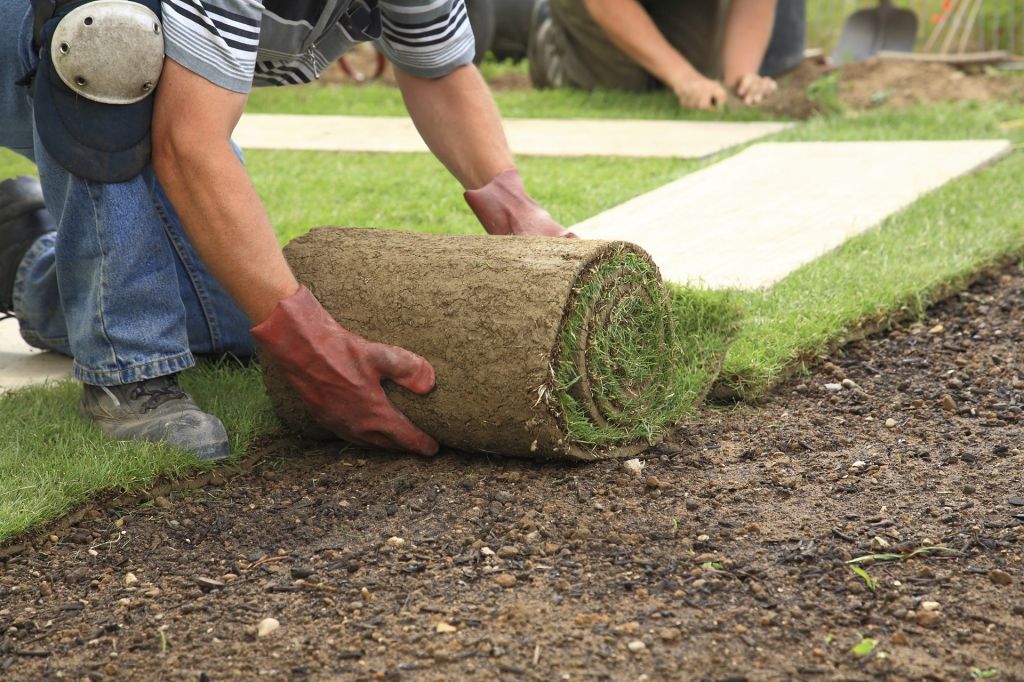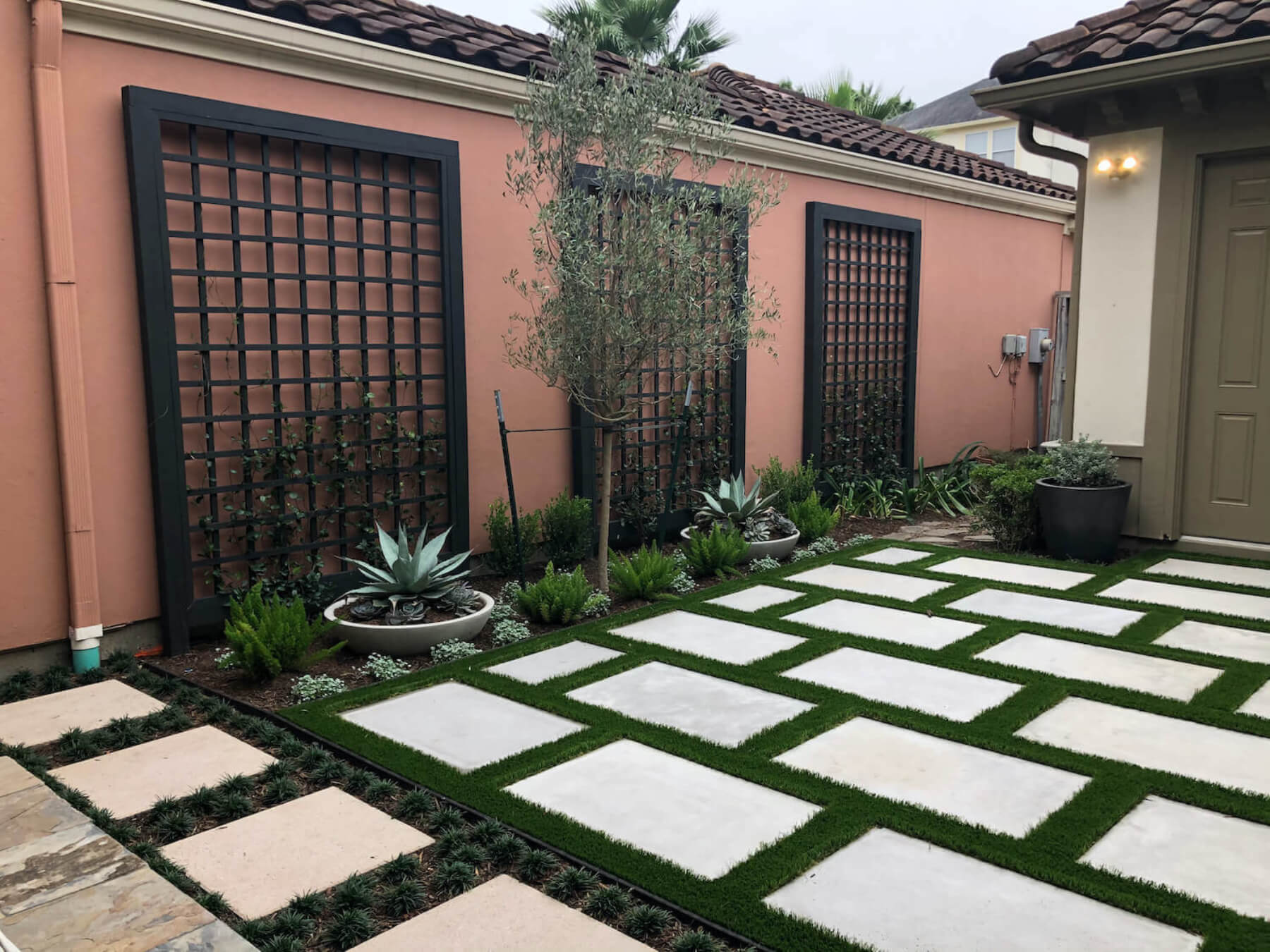Produce Practical Outside Areas with Commercial Landscaping Professionals
Produce Practical Outside Areas with Commercial Landscaping Professionals
Blog Article
The Significance of Understanding Various Kinds Of Landscaping for Your Yard
Comprehending the various types of landscaping is a vital element in crafting a yard that not only reflects personal taste but also fulfills ecological requirements. Each landscaping style-- be it official, cottage, lasting, or urban-- provides distinctive benefits that can substantially affect the overall health and wellness and looks of your outdoor room.
Benefits of Landscape Design Expertise
Understanding the fundamentals of landscape design offers various advantages for both newbie and seasoned garden enthusiasts alike. A strong grasp of landscaping principles enables individuals to develop useful and aesthetically attractive outside areas that straighten with their individual choices and the specific qualities of their yards.
One significant benefit is improved environmental health. Understanding of sustainable techniques and indigenous plants permits garden enthusiasts to cultivate environments that promote biodiversity while minimizing the requirement for chemical plant foods and chemicals. In addition, understanding dirt kinds and drainage can cause much healthier plant growth and decreased disintegration.
Landscaping knowledge additionally enhances the visual worth of a property. By discovering concerning layout components such as appearance, range, and shade, garden enthusiasts can develop cohesive and inviting landscapes that increase curb allure. This not only boosts personal pleasure yet can additionally enhance home worth.
Moreover, educated garden enthusiasts can save time and resources. Acknowledging the right plants for specific problems, such as light and wetness levels, guarantees that efforts are not wasted on inappropriate options. Eventually, a thorough understanding of landscaping empowers individuals to make educated choices, promoting an extra rewarding horticulture experience.
Overview of Landscape Design Kinds
Landscape design includes a variety of strategies and styles, each tailored to meet the distinct requirements and preferences of garden enthusiasts. Understanding these varied types is vital for developing an exterior room that straightens with private preferences and ecological considerations.
One prominent kind is typical landscape design, characterized by organized layouts, distinct flowerbeds, and making use of symmetrical plantings. This style often highlights a sense of order and harmony within the garden - Landscaping Company. On the other hand, naturalistic landscaping concentrates on mimicking the beauty of nature, making use of native plants and organic types to develop an extra loosened up and casual atmosphere
Sustainable landscape design has actually obtained grip, promoting eco-friendly methods that conserve water and lower chemical use. This technique typically incorporates xeriscaping, which utilizes drought-resistant plants suitable for dry climates. Additionally, metropolitan landscape design addresses the difficulties of restricted space in city environments, typically utilizing upright yards and rooftop rooms to make the most of plant.
Formal Landscape Design Described
Identified by its precise layout and organized components, formal landscaping produces an ambience of beauty and refinement in exterior rooms. This design highlights proportion, geometric forms, and distinct lines, frequently integrating polished hedges, topiaries, and organized flower beds. The total result is a refined and polished setting that attracts focus to building functions and enhances the beauty of the surrounding landscape.
In formal landscape design, paths are typically straight and might be lined with consistent materials such as brick or stone. These courses frequently cause prime focus such as water fountains, statues, or decorative trees, even more boosting the structured nature of the layout. Color combinations often tend to be more minimal, concentrating on harmonious combinations that promote a serene ambience.
Water features in official landscapes are usually designed with accuracy, commonly looking like round or rectangle-shaped swimming pools. The cautious placement of plants is important, with types chosen for their capability to keep a neat appearance throughout the seasons. In general, formal landscaping is optimal for those that appreciate order and sophistication, supplying an ageless visual that can considerably elevate the value and appeal of outside areas.
Cottage Yard Qualities
Cottage gardens typically evoke a feeling of charm and fancifulness, mixing a variety of plants in a seemingly slipshod yet harmonious plan. Identified imp source by their lush, informal design, these yards generally feature a diverse mix of flowering perennials, annuals, herbs, and vegetables. This varied planting not just produces aesthetic passion but also draws in beneficial insects and promotes a balanced ecosystem.
An essential attribute of home yards is their use conventional products and frameworks. Stone pathways, rustic fence, and wood trellises are commonly integrated to boost the garden's quaint allure. Furthermore, the inclusion of seating areas, such as benches or arbors, encourages relaxation within this serene environment.
Color plays a significant function in home gardens, with a focus on soft pastels and lively shades that evoke a sense of fond memories. Flowers like roses, foxgloves, and hollyhocks are staples, often intermingled with great smelling herbs such as lavender and thyme.
Home gardens mirror an approach of accepting nature's unpredictability, causing an one-of-a-kind and welcoming room. By focusing on biodiversity and aesthetic appeal, they produce a stunning setup for both yard fanatics and laid-back viewers alike.
Sustainable Landscaping Practices
Incorporating sustainable landscaping methods is important for creating eco pleasant yards that thrive while lessening their environmental effect. Las Vegas Landscaping. Sustainable landscape design concentrates on the efficient use of sources, promoting biodiversity, and boosting the natural see here setting
One key method is choosing native plants, which are well-adapted to neighborhood conditions and require less water, plant food, and pesticides. This not just conserves sources but also sustains regional wild animals, including pollinators. Implementing water-efficient watering systems, such as drip watering or rain harvesting, better conserves water while ensuring that plants receive adequate wetness.

In addition, decreasing lawn locations and including hardscaping elements can decrease maintenance and resource use. These practices promote a more lasting landscape that requires fewer inputs and offers environmental benefits. By embracing these techniques, garden enthusiasts can produce rooms that are not only stunning but likewise contribute positively to the environment, cultivating an unified equilibrium between nature and human activity.

Conclusion
To conclude, a comprehensive understanding of different landscape design kinds is vital for producing an aesthetically pleasing and ecologically this hyperlink sustainable yard. Each design, from formal to cottage yards and lasting techniques, uses distinct benefits that boost biodiversity and source performance. This understanding promotes notified choices that add to the health of both the yard and its surrounding ecosystem. Eventually, accepting varied landscaping strategies cultivates an unified partnership between outdoor spaces and their atmospheres, promoting lasting ecological equilibrium.
Comprehending the various types of landscape design is a vital element in crafting a yard that not just reflects individual taste however likewise fulfills ecological demands. Each landscape design style-- be it formal, cottage, sustainable, or metropolitan-- gives unique benefits that can dramatically affect the total health and wellness and appearances of your exterior area. In comparison, naturalistic landscape design focuses on resembling the elegance of nature, using natural forms and indigenous plants to produce an extra unwinded and casual atmosphere.
Additionally, metropolitan landscape design addresses the difficulties of restricted room in city environments, commonly utilizing upright gardens and rooftop spaces to make best use of greenery.
In conclusion, a comprehensive understanding of various landscape design types is vital for creating an aesthetically pleasing and ecologically sustainable yard. (Landscape)
Report this page